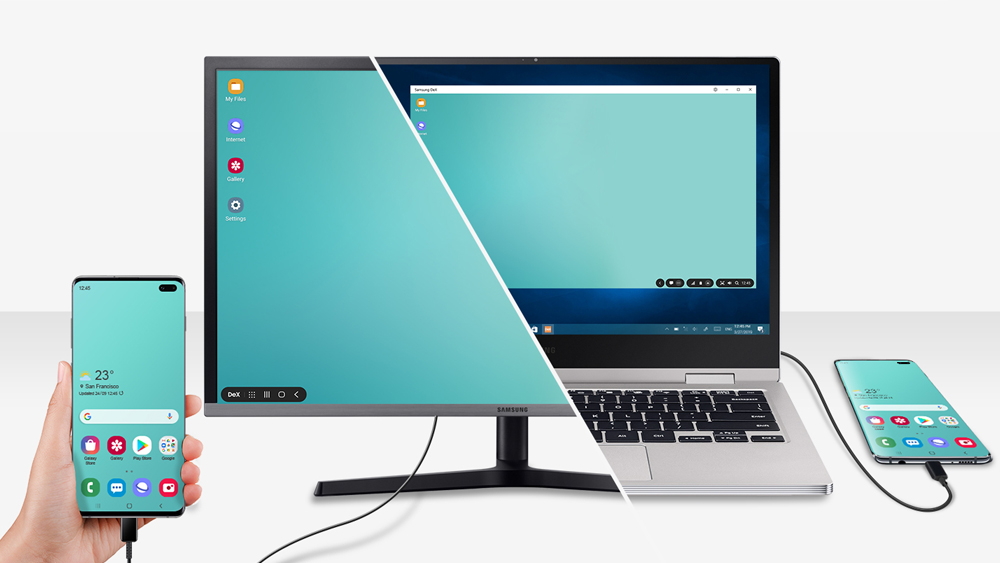HDD stands for Hard Disk Drive. It is a type of Server HDD device that rotates magnetic disks for storing information. The HDD features a thin, metal disk that turns or spins to read and write data when needed. The speed that the disk spins is generally between 4200 and 7200 RPM, where RPM refers to the number of revolutions per minute. The higher the speed that is preset and the higher the speed at which the drive can be able to read or write information.
What is a Solid State Drive (SSD)?
SSD means Solid State Drive. The storage device makes use of memory flash to save information. For ease of understanding it is possible to imagine USB flash drives as. Contrary to HDD which is a type of HDD, the Solid State Drive you have no moving components, which means the disk isn’t heated up and it uses less energy, and it is able to write and read Fujitsu hard drive data with greater speed.
After we’ve learned the advantages of HDD as well as SSD, let’s look at their Pros and cons.
Pros and Cons of HDD
Pros of HDD:
Cheap: HDD drives are cheaper and less expensive when compared with SSD drives.
Storage HDD capacities of drives is different for laptops and desktops. With Desktops 10 terabytes, and 2 Terabytes for laptops. Since storage is less expensive, this aspect could be considered beneficial.
Cons of HDD:
Speed: As stated previously, HDD uses rotational disks equipped with a head that reads and writes the data, and consequently is slow. This can, in reality, cause a slow loading for your website, particularly databases-based websites.
Efficiency: They consume more energy due to the rotation of disks and they are not as eco-friendly as they could be. Furthermore, HDDs are susceptible to damage due to the fact that they contain many moving parts that are broken and can cut down the size of the disk.
Pros and Cons of SSD
Pros of SSD:
Speed: Since SSD utilizes flash memory and has fewer moving parts, the speed of your device’s operation or loads your website is more efficient.
Reliable The number of moving parts that are directly related to less breakage or wear and tear on the SSD. So, SSDs are more efficient in conserving energy, and are also greener.
Cons of SSD:
It is expensive: As a modern technology in comparison to the HDD, SSD is expensive even though they offer outstanding performance.
Storage The capacity of storage is a factor that is linked to cost. Contrary to HDD SSDs, SSDs are costly, and therefore obtaining the same storage capacity that you get from HDD will cost you a little more than you anticipated.
What is the most appropriate choice for you?
HDD and SSD each have their own advantages and drawbacks, and the selection of data storage is based on your specific needs such as the one we provide on our website. It is worth noting that when regards to efficiency, speed, and reliability, the Solid State Drive (SSD) is the clear winner.
But when you are faced with the decision of the most suitable data storage device for your site, it is entirely dependent on the requirements of your site. If durability and speed are important to you consider checking out we recently launched Fujitsu hard server hosting.
SSD Vs HDD The basics of SSD vs HDD and why it is important
It can be challenging to know if hosting companies use SSD and HDD storage. Particularly with regards to shared hosting. Web hosts do not always state the fact that their hosting services are solid-state drives or hard drives. However, since the solid-state drive is quicker hosting providers that provide servers that run on solid-state technology usually do make mention of it.
Before we move on we should discuss precisely what is the difference between SSDs or hard disks. SSDs are typically costlier than HDDs which means that hosting can be more costly too. Understanding what the differences in performance are will assist you in justifying the expense.
The most significant difference between SSD as compared to HDD
The basic concepts of hard drives
In the 1950s, we saw the development of today’s hard storage technology for drives. Based on magnetics, it functions similarly to vinyl records. The information stored on a hard drive is placed on a disk, which is then mounted on a rotating wheel that spins it. Each drive has a device called a head of the drive that travels along the disk in order to locate the data. The head scans the data, then sends information to computers.
Hard drives in their own have various speeds. The speed is determined by the speed of rotation of the disc (5400 to 7200 RPM for instance). Also, the bus connects the drive with the motherboard. There are many bus types, including two that are centered around ATA technology: Parallel ATA as well as serial ATA. Additionally, there’s the more server-oriented SCSI and, of course, serially attached SCSI. A different server standard is Fibre Channel.
There’s a resemblance between floppy and hard drives. Soft magnetic disks were extensively used for data transfer as well as a storage back in the day. However, over time they have evolved to hold larger amounts of data. The typical hard drive can store several Terabytes (TB) of information.







